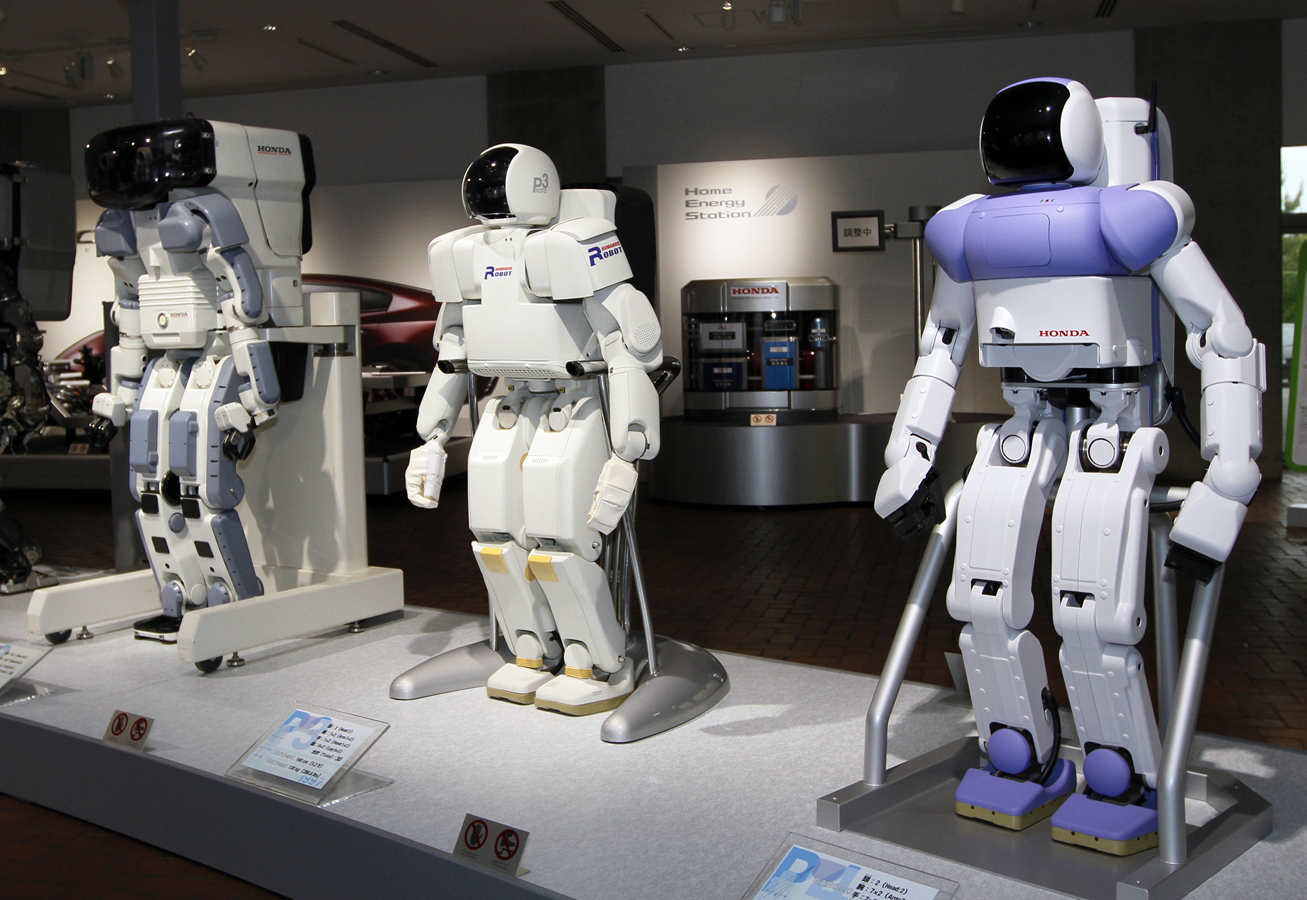Automation revisited
 It’s been a while since I last blogged about labour markets and, in particular, about the effect of automation on wages and employment. My most recent post on this topic was on the 14th of April 2018 and it was mostly a reflection on some interesting findings that had been reported by Acemoglu et al (2017). More specifically, Acemoglu and Restrepo (2017) developed a theoretical framework to evaluate the effect of AI on employment and wages. They concluded that the effect was negative and potentially sizeable (for a more detailed discussion see my blog).
It’s been a while since I last blogged about labour markets and, in particular, about the effect of automation on wages and employment. My most recent post on this topic was on the 14th of April 2018 and it was mostly a reflection on some interesting findings that had been reported by Acemoglu et al (2017). More specifically, Acemoglu and Restrepo (2017) developed a theoretical framework to evaluate the effect of AI on employment and wages. They concluded that the effect was negative and potentially sizeable (for a more detailed discussion see my blog).
Using a model in which robots compete against human labor in the production of different tasks, we show that robots may reduce employment and wages … According to our estimates, one more robot per thousand workers reduces the employment to population ratio by about 0.18–0.34 percentage points and wages by 0.25–0.5 percent.
Since then, I have seen a constant stream of news on my news feed about the development of ever more advanced industrial robots and artificial intelligence. And this was not because of some spooky coincidence (or worse). It has been merely a reflection of the speed at which technology has been progressing in this field.
There are now robots that can run, jump, hold conversations with humans, do gymnastics (and even sweat for it!) and more. It is really impressive how fast change has been happening recently in this field – and, unsurprisingly, it has stimulated the interest of labour economists!
A paper that has recently come to my attention on this subject is by Graetz and Michaels (2018). The authors put together a panel dataset on robot adoption within seventeen countries from 1993 to 2007 and use advanced econometric techniques to evaluate the effect of these technologies on employment and productivity growth. Their analysis focuses exclusively on developed economies (due to data limitations, as they explain) – but their results are nevertheless intriguing:
We study here for the first time the relationship between industrial robots and economic outcomes across much of the developed world. Using a panel of industries in seventeen countries from 1993 to 2007, we find that increased use of industrial robots is associated with increases in labor productivity. We find that the contribution of increased use of robots to productivity growth is substantial and calculate using conservative estimates that it comes to 0.36 percentage points, accounting for 15% of the aggregate economy-wide productivity growth.
The pattern that we document is robust to including various controls for country trends and changes in the composition of labor and other capital inputs. We also find that robot densification is associated with increases in both total factor productivity and wages, and reductions in output prices. We find no significant relationship between the increased use of industrial robots and overall employment, although we find that robots may be reducing the employment of low-skilled workers.
This is very positive news for most – except, of course, for low-skilled workers. Indeed, like Acemoglu and Restrepo (2017) and many others, this study shows that the effect of automation on employment and labour market outcomes is unlikely to be uniform across all types of workers. Low-skilled workers are found again to be likely to lose out and be significantly displaced by these technologies.
And if you are wondering which sectors are likely to be disrupted most/first by automation, the rankings developed by McKinsey and Company (see chart below) would give you an idea of where the disruption is likely to start. Unsurprisingly, the sectors that seem to be the most vulnerable, are the ones that use the highest share of low-skilled labour.

Articles
- These are the industries most likely to be taken over by robots (see also)
- Where machines could replace humans—and where they can’t (yet)
- Kengoro, The Most Advanced Humanoid Robot Yet
- Robots at Work
- Robots and Jobs: Evidence from US Labor Markets
Business Insider, Andy Kiersz (17/4/19)
McKinsey Quarterly, Michael Chui, James Manyika and Mehdi Miremadi (July 2016)
Robots Voice (8/3/18)
The Review of Economics and Statistics, Georg Graetz and Guy Michaels (December 2018)
NBER Working Paper No. w23285, Daron Acemoglu and Pascual Restrepo (27/3/17)
Questions
- “The effect of automation on wages and employment is likely to be positive overall”. Discuss.
- Using examples and anecdotal evidence, do you agree with these findings?
- Using Google Scholar, put together a list of 5 recent (i.e. 2015 or later) articles and working papers on labour markets and automation. Compare and discuss their findings.